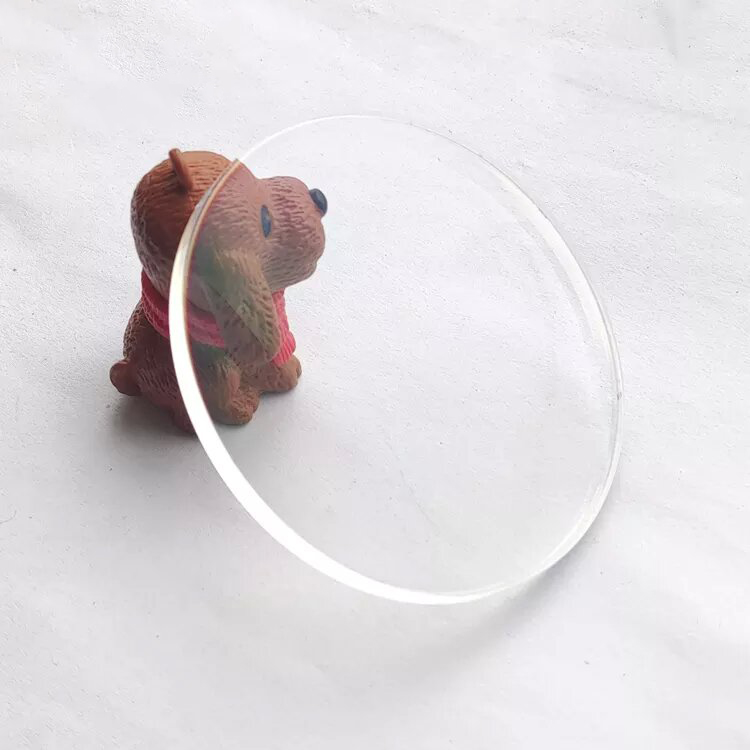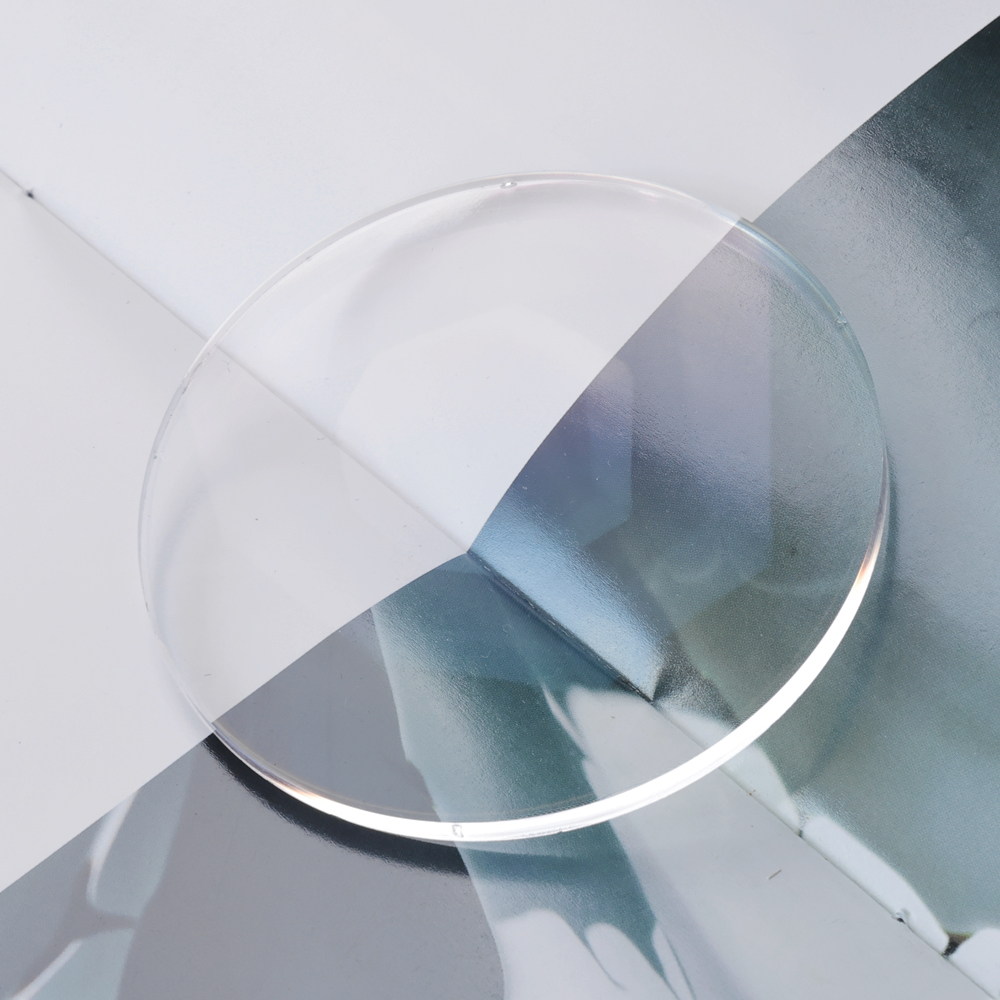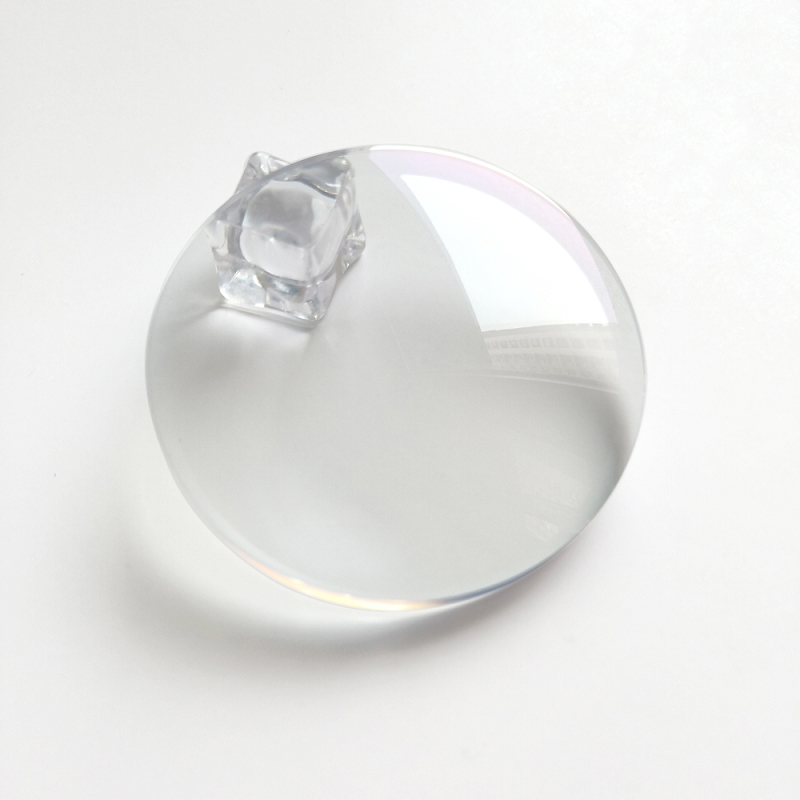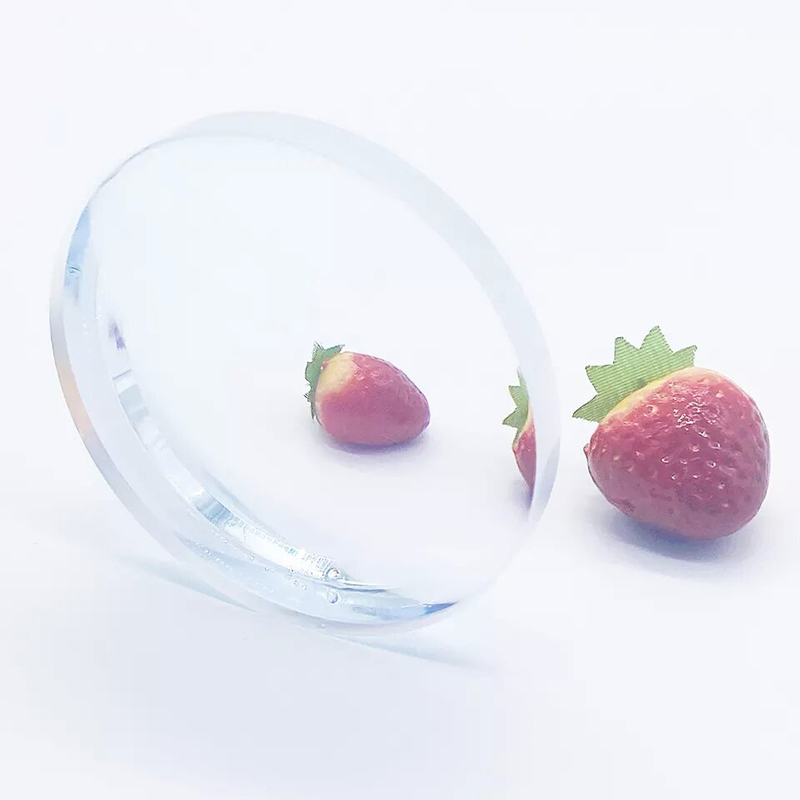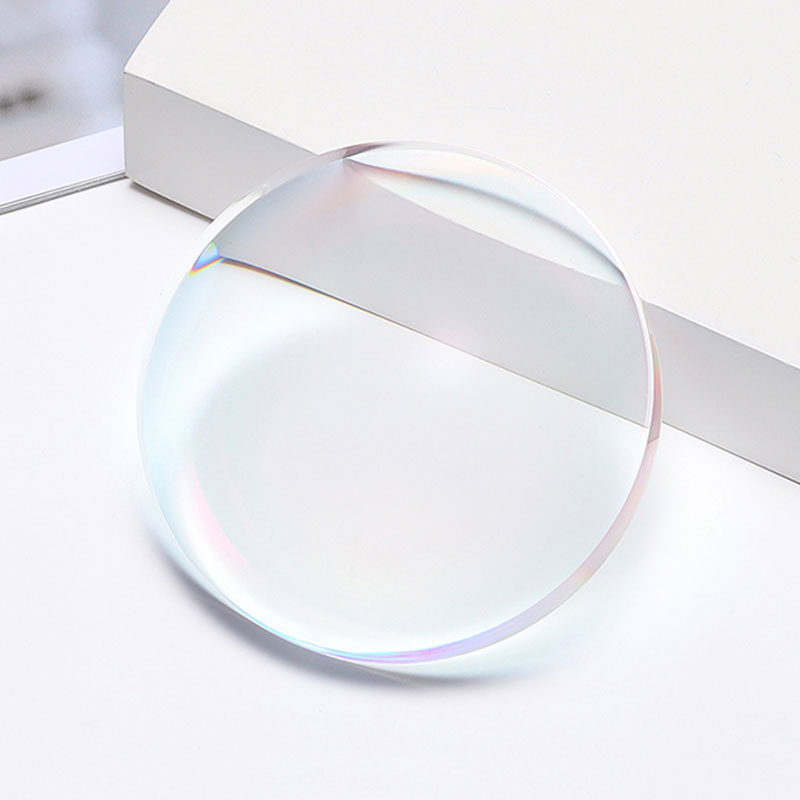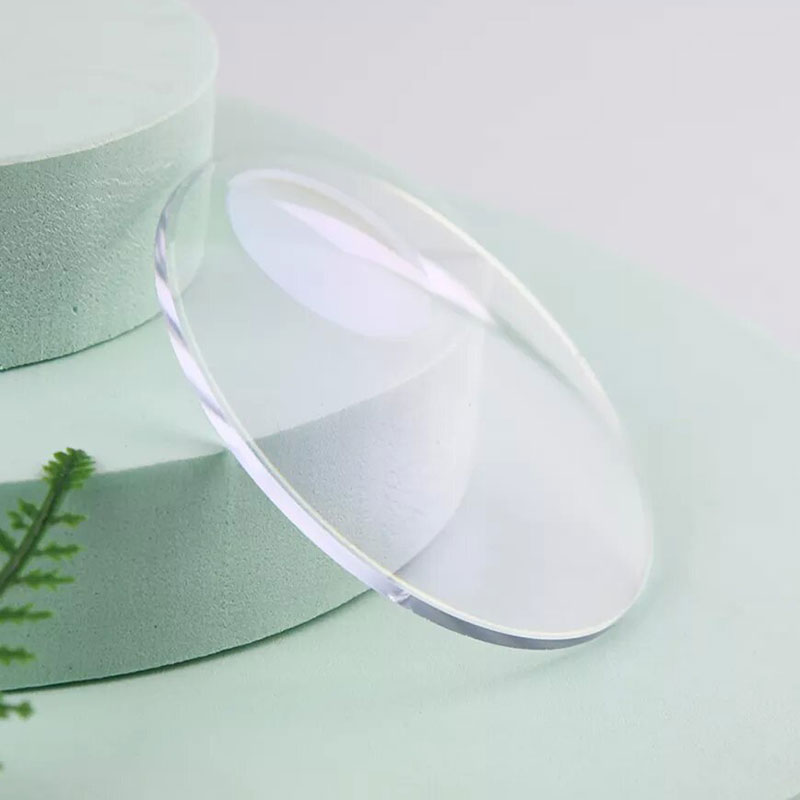The selection of a Single Vision Lens (SVL) material is the critical factor determining a pair of glasses' optical performance, wearing comfort, and durability. Professional lens manufacturers meticulously select and engineer different high-molecular polymers, carefully balancing the two core parameters—Refractive Index and Abbe Number—to deliver differentiated visual solutions to consumers.
I. Foundational Materials: The Cornerstones of Optical Performance
1. CR-39 Resin (Standard Plastic)
CR-39 was the first widely adopted plastic material in ophthalmic lenses, setting the industry benchmark for subsequent plastic materials.
-
Refractive Index: 1.50. This is the lowest among common plastic lenses, resulting in a thicker lens profile for the same prescription power.
-
Abbe Number: Approximately 58. This is its greatest optical strength. The high Abbe number signifies extremely low chromatic dispersion. Light passing through the lens focuses almost simultaneously across different wavelengths, providing the purest, most stable optical image quality.
-
Ideal User: Suitable for low prescriptions and users who demand the highest optical fidelity and are less concerned about lens thickness.
2. Polycarbonate (PC)
Polycarbonate was originally developed for aerospace applications. It was introduced to optics due to its exceptional impact resistance.
-
Refractive Index: 1.58. This is a mid-range index, making the lens noticeably thinner and lighter than CR-39.
-
Impact Resistance: Extreme. PC material offers superior impact resistance, making it the primary choice for children's eyewear, sports glasses, and safety glasses.
-
Abbe Number: Approximately 30. This is its main optical limitation. The low Abbe number indicates higher chromatic dispersion (color fringing), which can be noticeable in the peripheral zones and may cause eye fatigue during prolonged use or when viewing high-contrast objects.
II. Advanced Functional Materials: Optimizing Comfort and Safety
3. Trivex (Tri-Component Polymer)
Trivex is an advanced polymer introduced around 2001, specifically engineered to combine the excellent optical quality of CR-39 with the superior impact resistance of PC.
-
Refractive Index: 1.53. Slightly lower than PC, yet still results in a thinner and lighter lens than CR-39.
-
Abbe Number: Approximately 43-45. Significantly higher than PC. Trivex delivers outstanding optical clarity and minimal color aberration. It nearly matches standard resin in visual fidelity.
-
Lightweight Feature: Trivex is an extremely lightweight material, about 10% lighter than Polycarbonate, which substantially enhances wearing comfort.
-
Ideal User: A perfect blend of safety, light weight, and optical quality. It is the ideal choice for drill-mounted (rimless) frames, users in high-impact environments, and those prioritizing exceptional comfort.
III. High-Index Materials: The Solution for Aesthetic Thinness
High-index lens materials were developed to address the issue of bulky, heavy lenses for wearers with moderate to high prescriptions.
4. High-Index Plastics (1.60, 1.67, 1.74)
These materials significantly increase the light-bending ability by manipulating polymer density and structure.
-
Index 1.60: A medium-high index. It reduces lens thickness and weight by about 20% compared to 1.50 material. It is a popular choice for users seeking thinness with moderate prescriptions.
-
Index 1.67: Offers substantial reduction in thickness and weight. It is ideal for moderate-to-high prescriptions, typically ranging from 4.00 D to 6.00 D, and remains one of the most widely chosen high-index options.
-
Index 1.74: The highest index available in plastic lenses. Essential for high-prescription wearers. It minimizes the edge thickness (for minus powers) or center thickness (for plus powers), achieving superior aesthetic results.
-
Optical Trade-Off: A critical consideration is that as the refractive index increases, the Abbe number typically decreases (e.g., 1.74 is around 33). This means a slight increase in chromatic dispersion accompanies the pursuit of ultimate thinness. Premium high-index products are engineered (using specialized polymers like the MR series) to maintain the highest possible Abbe number at high refractive indices, ensuring both thinness and high-quality optical performance.
IV. Product Advantage and Professional Positioning
Our professional product line is built upon the meticulous selection of these materials, ensuring tailored solutions for every visual need:
-
Ultimate Optical Purity: Our CR-39 and Trivex offerings are engineered for users who demand zero compromise on optical clarity, providing an industry-leading, low-dispersion visual experience.
-
Innovative Thinness Technology: We specialize in 1.67 and 1.74 high-index lenses, utilizing advanced Free-Form manufacturing to ensure lenses are ultra-thin and aesthetically pleasing. We optimize the Abbe value to guarantee visual comfort even for high prescriptions.
-
Comprehensive Safety Assurance: Our PC and Trivex lenses feature built-in UV protection and outstanding impact resistance, providing the highest level of essential daily eye protection for the wearer.



 English
English Español
Español

